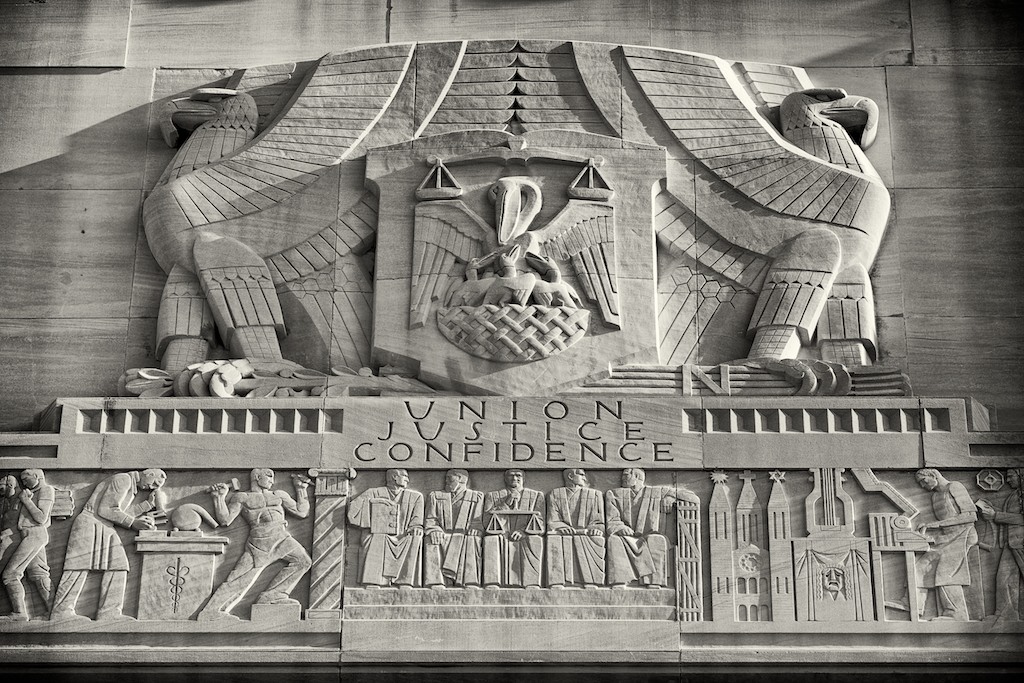Special Session Set Stage for Growth, PAR Says
The second special session of the 2008 Legislature reinforced the momentum begun with last month’s ethics session. Louisiana, under its new leadership, is making headway on several priorities that aim to make the state more attractive to investors: making business taxes more competitive, refurbishing transportation infrastructure and investing in regional economic development opportunities. Additionally, by setting aside surplus funds for early retirement debt payments and deferred maintenance in higher education facilities, the state is demonstrating a level of fiscal responsibility often eschewed in the past. Were it not for a couple of old-style trade-offs with potential long-term negative ramifications, this session might have achieved the perfection it is so widely perceived to have won.
The six-day session yielded 12 bills and a perfect score for the governor who can claim success for every item on his agenda. Two of those items, while raising little immediate concern, may cause problems for the state in the future.
Roads, bridges and ports were appropriately targeted as spending priorities for the 2007 surplus funds, which can only be used for certain constitutionally authorized expenses. The Legislature appropriated around half of the $1.1 billion surplus for transportation infrastructure projects, $300 million for hurricane protection and restoration, $75 million for deferred maintenance on higher education facilities, $50 million for the Pennington Biomedical Research Center in Baton Rouge and $60 million for the state’s retirement debt. In addition, $73 million was deposited in the rainy day fund.
The funding for Pennington and $57 million of the transportation funding for the Cyber Innovation Center at Barksdale Air Force Base in Bossier City represent a willingness to resist the political temptation to spread around those millions by giving something to every district. Also passed were a one-cent decrease in the sales tax on business utilities and an acceleration of the phase-out of taxes on manufacturing machinery and equipment and corporate debt. Combined, these investments and tax breaks have great potential to spur the state’s economic development.
In contrast, the tax break for school expenses and private-school tuition is inequitable and irrational. There is a huge disparity between the benefit it offers to families with children in public schools and private schools. Moreover, it is based on the faulty logic that it is not fair for some families to pay private school tuition in addition to taxes that support the public education system. That argument does not hold up because all taxpayers contribute to services they do not directly use. By, in effect, excusing some families from making their full contribution to public education, this tax break has the potential to set the stage for future diversion of funding directly from public education.
Transportation funding got a double boost this session with the surplus spending plan and a recurring budget dedication. The transportation dedication will be phased in and is projected to reach around $364 million in seven years. Regardless of their purpose, budget dedications are generally bad policy, because they limit budget-making flexibility and force first-round cuts to be made to unprotected programs in tight budget years – primarily health care and higher education. The dedication of vehicle sales taxes to the Transportation Trust Fund will further restrict the authority of the governor and the Legislature to prioritize expenses each year as the state budget is developed. For example, when revenues stop growing at their current unprecedented pace, it is conceivable that budget-makers could come up millions of dollars short in funding for health care and/or higher education. To bind future legislatures to current priorities is shortsighted.
Both of the special legislative sessions this year have set the stage for greater investment in Louisiana by reforming the ethics code, making business taxes more competitive and funding the upgrade of infrastructure and facilities. If successful, these enticements will challenge the state to take the next step by developing a dynamic workforce that is prepared to fill the new jobs that are created.

